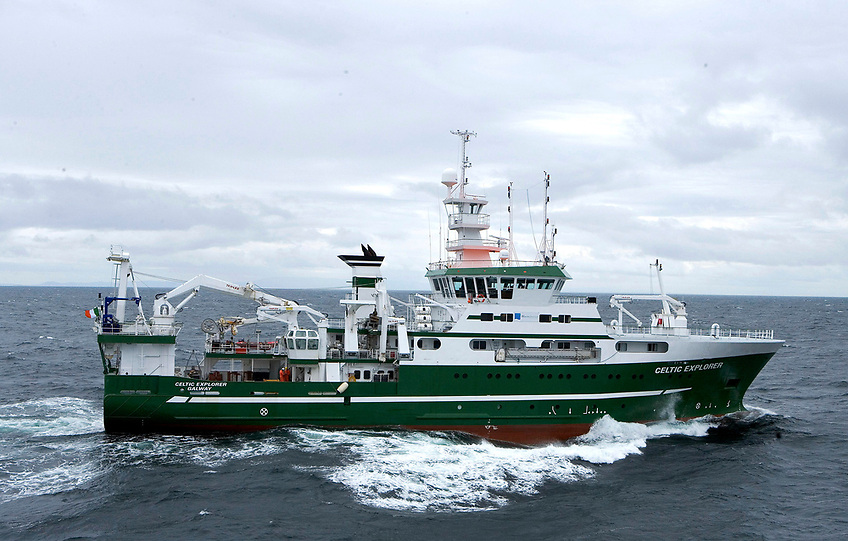Just 34 breeding pairs of curlew were confirmed in the fifth year of the Curlew Conservation Programme, according to figures in its 2021 report.
And of that number — recorded across nine important breeding areas — only nine pairs were confirmed to have produced fledglings, a breeding success rate of just 26%.
While the breeding productivity rate of 0.50 fledglings/breeding pair is above the threshold of 0.43 required for a stable population, it continues a significant trend of decline since 2019 when the rate was 0.81.
The figures have prompted an online petition to Minister of State Malcolm Noonan amid fears that the Irish breeding curlew “is headed to extinction” due to human activity.
It calls on the minister and the National Parks and Wildlife Service (NPWS) to take action on a number of points, including an immediate increase in funding for curlew conservation, and establishing an integrated stakeholder emergency taskforce” led by the current conservation programme.
It also appeals for allocating former Bord na Mona peatlands as priority habitats for curlews, and initiating a review of commercial forestry licensing “where the habitat is favourable to ground-nesting birds”.
“If these actions are not taken, the Irish curlew will be lost within the next decade,” the petition organisers say. “This will be a preventable tragedy we can not stand idly by and let happen.”
The wading birds are winter visitors to Ireland’s inland and coastal wetlands, but also breed in inland floodplains and bogland, in rough pastures, meadows and heather.
However, according to Birdwatch Ireland their numbers and range “have declined substantially in recent decades. It is likely that increased afforestation and agricultural improvement are responsible for these declines.”
Curlew in Ireland are red-listed as a threatened species.































































